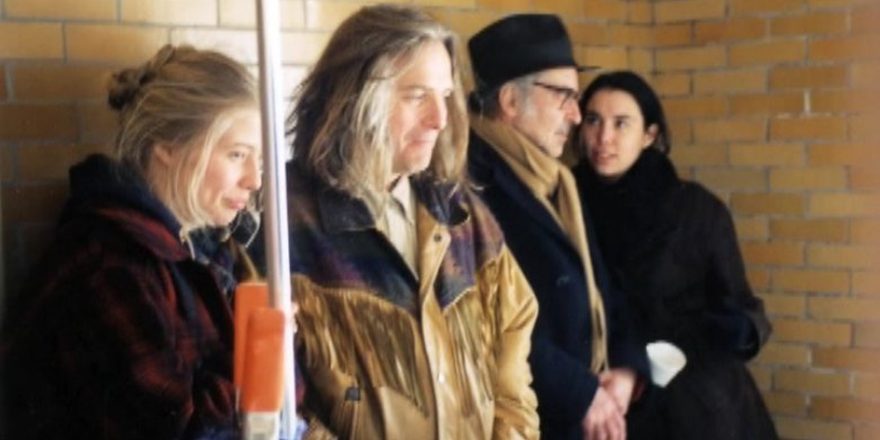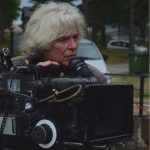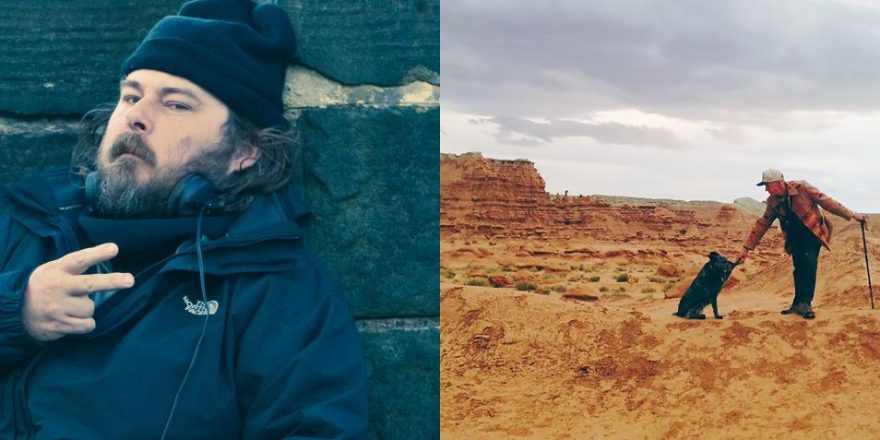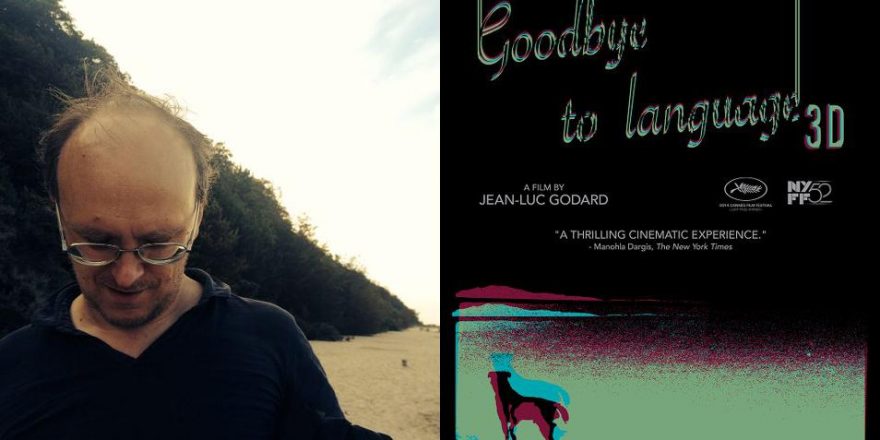As a director of photography and artist, I have participated in creative collaborations with a wide range of very different types of film directors. From the total genius of the poet Jean-Luc Godard, to the stubborn idiosyncrasy of Béla Tarr, to the aging punk-Marxist posturing of Alex Cox.
Along the road, I have also directed four 35 mm feature films, the most recent of which, Gavagai, opens theatrically this month.
Working with well-established artists is always an adventure and a risk of sorts. First, you enter an ongoing dialogue that is usually well entrenched and defended.
Major artists usually have a safety net of relationships and addictions, that provide a continuity for their style and life, and if they are reaching outside of that net late in their careers, there are issues at play in their paradise. There is only dependent cinema.
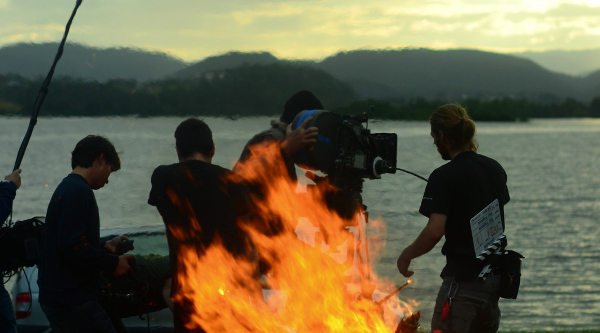
In the cases of my working with Jean-Luc Godard, Béla Tarr and Alex Cox, their creative back ups or major team players were, respectively: Anne-Marie Miéville; László Krasznahorkai and Ágnes Hranitzky; and Tod Davies. All these directors first started off with a different set of muses, going in different directions, but over time shifted toward these relationships and associated production styles.
We always have dependent cinema.
I regret that, because of geography and actual production, I didn’t have direct contact with Mieville. Anyone who doubts her impact on Godard is a blinded buffoon of the auteur religion.
I was there for pre-production and location shooting with László Krasznahorkai and Ágnes Hranitzky and Davies, hence I was on a daily basis directly caught up in and watching their creative contributions to their partners. The Tarr team discussed and consulted on the entire process and on location were always behind the video assist monitor while I was filming. Cox and Davis were also inseparable, but Davies had far less professional experience and was thus always less of a voice in discussions.
These existing collaborative units are bound together by:
Trust
Private language
Memory
As an outsider, you cannot immediately enter into that collaborative unit. So you must build bridges with shared values to enter the creative dialogue – or just remain a hired gun or technician. As an artist, it is not my desire to simply be a technician.
The things which allow one to build creative bonds are:
Cinephilia
The directors and D.P.s they/we refer to as a shorthand for cinematic style
The force of one’s personality and character
A turning against other outsiders and common foes
The collective goal to shoot the movie
The last of these is the most effective place for honest collaboration and artistic impact. So, go there.
Godard wanted to help Cinema Parallel, the distribution company I co-founded that had handled the North American theatrical 35 mm distribution of Helas Pour Moi and JLG/JLG. He also wanted to keep Bérangère Allaux out of other French productions right after For Ever Mozart so that he could work with her again on a novel he was adapting.
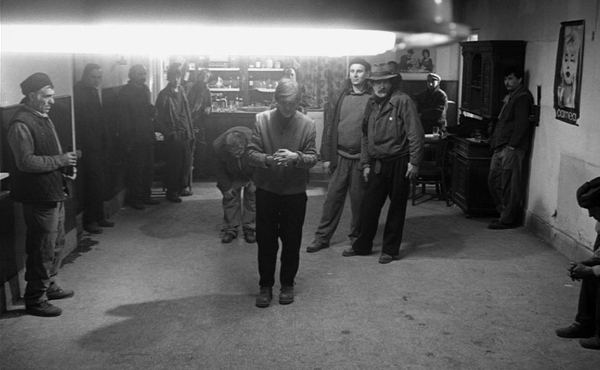
Tarr had just lost his D.P. from Satantango. I was at Sundance with my 1997 film Inside/Out when he called and asked me to immediately come and help pick up the pieces. I left Park City before my second screening. A Tarr phobia was that all great camerapersons end up drunks. I guess I don’t qualify.
Cox needed a D.P. who could help get funding for his film Three Businessmen and then shoot it on an impossibly low budget in Super 16. I was at the International Film Festival Rotterdam with Inside/Out while he and Davies were pitching Three Businessmen in the market. I agreed to accompany them to a meeting with a Dutch television studio, where I was pitched as part of the package. Frankly, I didn’t think the script was worthwhile or very interesting and was surprised when it went into production.
Once inside the vortex, you look for places where the common good is shared.
With Godard, it was my ability to also be a sort of sales agent and rep to North American film festivals while assisting the development of his follow-up to For Ever Mozart.
With Tarr, he needed a D.P. who had shot and exposed the now very rare 35 mm Double-X Negative, could operate the camera for complex dolly shots, and bring new visual aspects to his party. In my case, it was camera moves that went around the 360 degrees in a continuous take. He would have shot the first scene in Werckmeister Harmonies with a static camera at a high angle in the back of the bar, like the drunken dinner roll scene in Satantango. The interior hospital scene where the mob attacks the sick and dying, would have been more like the first scene from Satantango, with slow parallel tracking shots and less 360 degrees movement. I operated and was the D.P. for both those scenes.
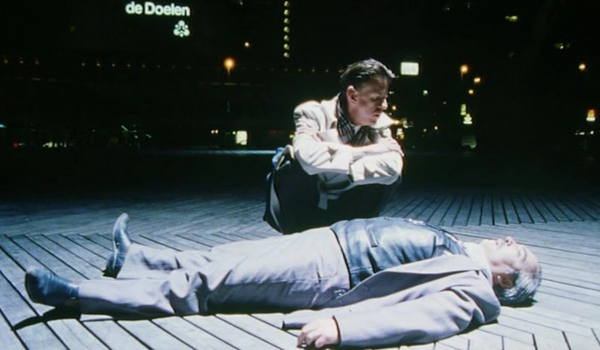
With Cox, he had seen my directorial debut Talking to Strangers at UCLA back in 1988 and had already been impacted by my camera style. In the early ’90s, he was then moving down the technical ladder of the professional means of cinematic production from 35 mm to Super 16, and wanted to disguise this move. Another artistic game involved the cast and crew’s use of airplane tickets. Davies had purchased APEX round-the-world first-class tickets … so, we started production in England, then moved on to Holland, Spain and Asia and just kept going east. The shooting schedule was also arranged so that as many nights as possible were spent on the plane and not in hotels. It was fun.
So, gentle reader, you ask … Would I do it all again?
Well, I would still take a risk with Godard and Miéville … it is always dependent cinema.
Main image depicts Earecka Tregenza, Rob Tregenza, Jean-Luc Godard and Bérangère Allaux on the set of Inside/Out.



